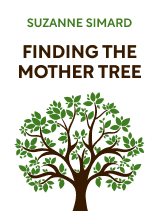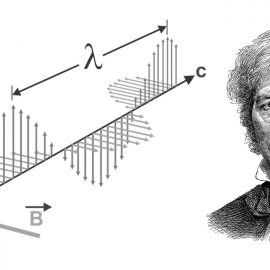

This article is an excerpt from the Shortform book guide to "Finding the Mother Tree" by Suzanne Simard. Shortform has the world's best summaries and analyses of books you should be reading.
Like this article? Sign up for a free trial here.
What is an underground fungal network? What are the two main functions of this network?
In Finding the Mother Tree, Suzanne Simard explains that trees share information and nutrients through an underground fungal network. Simard’s research has led to a shift in thinking about ecological relationships.
Check out more about trees’ unique network that helps them flourish.
The Tree-Fungus Symbiosis
Simard’s experiment results up to this point had made it clear that trees were sharing resources with one another, but she was left wondering exactly how it happens. Her next task was to investigate the mechanism used to move nutrients between trees, and she suspected it had something to do with the fungus that she had observed on the trees’ roots. This question would lead Simard on a decades-long quest to understand the underground fungal networks in forests.
Simard discusses those networks’ two functions, nutrient sharing and information sharing, and how she discovered that they work. Her key findings discussed here include:
- There’s a complex symbiotic relationship between all the trees in a forest and the mycorrhizal fungi that colonize the trees’ roots.
- The fungi transfer resources between the trees while absorbing some for themselves.
- These fungi act as mechanisms for transfer of both nutrients and information.
(Shortform note: In addition to the transfer of nutrients between trees, scientists say fungi are crucial in the fight against climate change because they absorb carbon from the trees and transfer it to the soil. This reduces the amount of carbon in the atmosphere, decreasing the greenhouse gas effect. It’s estimated that around 5 billion tons of carbon flow through mycorrhizal fungi every year.)
Nutrient Sharing In the Underground Fungal Network
Through the process of photosynthesis, trees use the energy from sunlight and carbon dioxide from the air, along with minerals and water they absorb, to create carbon and sugars they need to sustain their life. As part of this process, those sugars circulate between the tree’s foliage and its roots, similar to how our own circulatory system works.
A type of fungus called mycorrhizal fungi lives underground, so it doesn’t get sun and therefore doesn’t produce its own sugars, although it needs sugars to live. So, Simard explains that mycorrhizal fungi living in the soil in forests colonize the roots of trees (meaning they grow on and around the roots), to absorb sugars from them. Then, she says, the fungi send out their mycelium (“fungal threads” that are like the root structures of the fungus) through the ground, which then attach to another tree’s roots. Simard discovered that it’s through this underground fungal network that trees also share nutrients with each other.
She found that in addition to absorbing some of the nutrients from the tree roots, the fungi pass them from one tree to another. So, the trees weren’t absorbing nitrogen and other minerals directly from the soil as might be expected. Instead, the fungi were collecting it from the soil and providing it to the trees through their roots, in exchange for the sugars the trees produce.
Simard found over 100 species of fungi in the forests she studied, and she explains that each has different specialized functions. Some transfer water, while some transfer phosphorus or nitrogen. Some grow deeper, while others are shallow. Some are active in spring, others in fall. Through examining these underground networks, Simard found that fungi essentially connect all the trees in the forest.
Information Sharing In the Underground Fungal Network
In addition to sharing nutrients through these underground fungal networks, trees also share information with one another. Simard discovered that trees send “warning signals” to one another in the presence of danger. In one area she studied, Douglas firs were dying from beetle infestation, but the ponderosa pines living among them survived. So, in an experiment, Simard and her colleagues planted pine and fir seedlings together, to see what dynamic might be at work. She says that when researchers “stressed” the firs by defoliating them or introducing beetles to them, the firs naturally began producing defense enzymes. And then within 24 hours, so did the pines planted near them. This only happened, she says, when the two were linked with mycorrhizal fungi on their roots. So, Simard concludes that the firs were “warning” the pines of danger.

———End of Preview———
Like what you just read? Read the rest of the world's best book summary and analysis of Suzanne Simard's "Finding the Mother Tree" at Shortform.
Here's what you'll find in our full Finding the Mother Tree summary:
- A look at Suzanne Simard's research on the relationships among trees
- What a Mother Tree is, and how it takes care of its community
- How trees communicate in an interconnected, underground network






